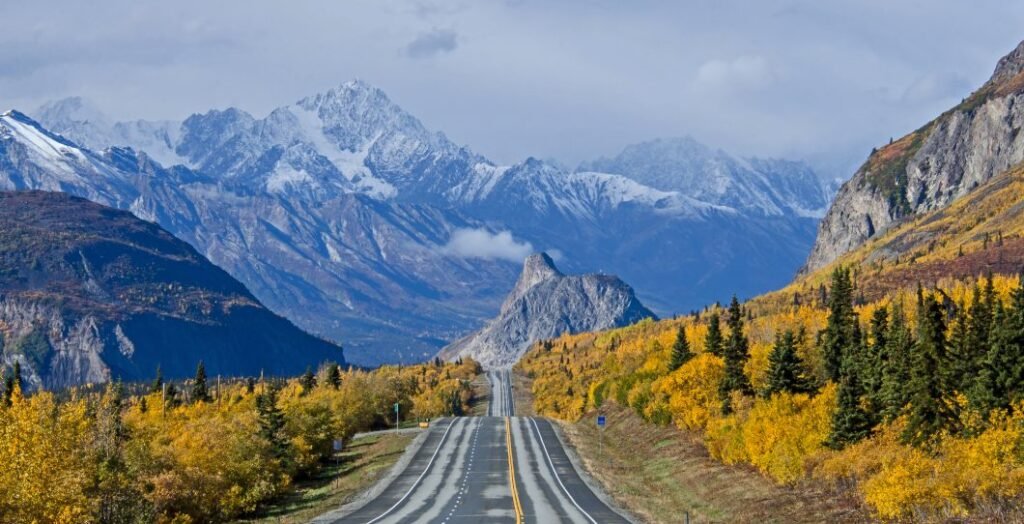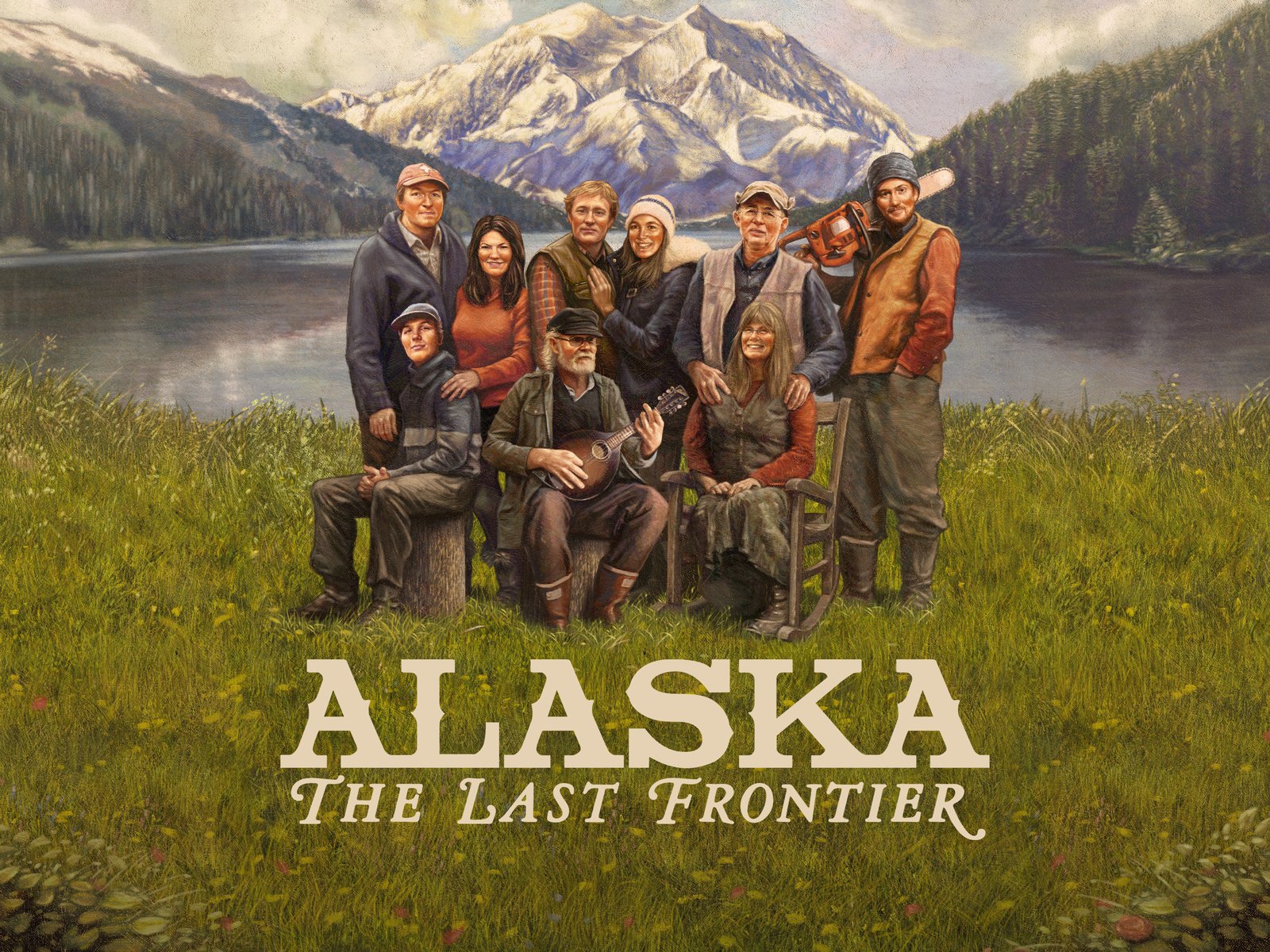Alaska – The Last Frontier
Alaska, the largest state in the United States, is often referred to as “The Last Frontier”. This nickname aptly captures the rugged and untamed essence of this northernmost American state. From its stunning natural landscapes to its unique cultural heritage, Alaska offers a glimpse into a world that remains largely untouched by human intervention.
The Land of Extremes
Alaska’s vast expanse encompasses a diverse range of ecosystems, including towering mountains, expansive tundra, dense forests, and icy glaciers. Its sheer size dwarfs that of most other states, making it a land of extremes in both geography and climate.
Rich Indigenous Heritage
Before the arrival of European settlers, Alaska was inhabited by various indigenous groups, including the Inuit, Yupik, and Aleut peoples. These communities have inhabited the region for thousands of years, relying on its abundant natural resources for sustenance and survival.
Economic Significance
Despite its remote location, Alaska plays a significant role in the American economy. The state is rich in natural resources, including oil, gas, minerals, and seafood, which contribute substantially to both state and national GDP.
Tourism and Adventure
Alaska’s pristine wilderness and diverse wildlife attract adventure enthusiasts and nature lovers from around the world. Visitors can embark on thrilling outdoor activities such as hiking, fishing, wildlife viewing, and glacier exploration, providing a unique opportunity to experience the raw beauty of the Last Frontier.
Preservation Efforts
Given its ecological importance and vulnerability to climate change, Alaska is a focal point for conservation efforts. Various organizations and government agencies work tirelessly to protect its fragile ecosystems and wildlife, ensuring that future generations can continue to marvel at the wonders of the Last Frontier.

Why this News is important:
Alaska’s Unique Identity
Understanding the significance of Alaska as “The Last Frontier” provides valuable insights into its cultural, economic, and environmental importance. This knowledge is particularly relevant for students preparing for government exams, as it contributes to a comprehensive understanding of American geography and history.
Impact on Indigenous Communities
The historical and cultural context of Alaska sheds light on the experiences of indigenous peoples and their enduring connection to the land. Recognizing and honoring their heritage is essential for promoting inclusivity and diversity in society.
Economic Implications
Alaska’s natural resources play a crucial role in shaping its economy and influencing national policies. Examining the state’s economic significance offers valuable insights into resource management, environmental stewardship, and sustainable development practices.
Tourism and Recreation Opportunities
The tourism industry in Alaska provides employment opportunities and economic benefits for local communities. Understanding the appeal of the Last Frontier to travelers can inform strategies for promoting responsible tourism and preserving natural ecosystems.
Environmental Conservation
Alaska’s wilderness areas are under threat from climate change, habitat destruction, and resource extraction activities. Recognizing the importance of conservation efforts is essential for safeguarding the state’s ecological integrity and biodiversity.
Historical context:
Exploration and Settlement
Alaska’s history is intertwined with the age of exploration and colonization, dating back to the 18th century when Russian explorers first reached its shores. Russian fur traders established settlements and trading posts, laying the groundwork for future European incursions into the region.
Purchase of Alaska
In 1867, Alaska was purchased from Russia by the United States in what became known as the Alaska Purchase. This transaction, overseen by Secretary of State William Seward, added vast territories to the American nation and set the stage for Alaska’s eventual statehood.
Gold Rush Era
The late 19th century saw a surge in migration to Alaska following the discovery of gold in the Klondike region. The ensuing gold rush attracted fortune seekers from around the world, leading to the rapid development of mining towns and infrastructure.
Statehood and Development
Alaska achieved statehood in 1959, becoming the 49th state of the United States. Since then, it has undergone significant economic and social changes, fueled by advancements in transportation, resource extraction, and tourism.
Cultural Diversity
Alaska’s population is characterized by its cultural diversity, with indigenous peoples, settlers, and immigrants from diverse backgrounds coexisting in the region. This cultural mosaic reflects the state’s rich heritage and contributes to its unique identity as the Last Frontier.
Key Takeaways from “Alaska – The Last Frontier”
| Serial Number | Key Takeaway |
|---|---|
| 1. | Alaska is often referred to as “The Last Frontier”. |
| 2. | The state boasts diverse landscapes and ecosystems. |
| 3. | Alaska’s indigenous heritage is rich and vibrant. |
| 4. | Natural resources play a significant role in the state’s economy. |
| 5. | Tourism in Alaska offers unique outdoor experiences. |
Important FAQs for Students from this News
1. What is the significance of Alaska’s nickname, “The Last Frontier”?
- The nickname “The Last Frontier” highlights Alaska’s status as one of the few remaining wilderness frontiers in the United States, symbolizing its rugged, untamed nature.
2. How did Alaska acquire its unique cultural heritage?
- Alaska’s cultural heritage is shaped by its indigenous peoples, Russian settlers, and immigrants from diverse backgrounds who have inhabited the region over centuries.
3. What are some key industries driving Alaska’s economy?
- Alaska’s economy is driven by industries such as oil and gas extraction, fishing, mining, tourism, and transportation.
4. How does climate change impact Alaska’s environment?
- Climate change poses significant threats to Alaska’s environment, including melting glaciers, rising sea levels, habitat loss, and changes in wildlife populations.
5. What conservation efforts are underway to protect Alaska’s natural resources?
- Various organizations and government agencies are involved in conservation efforts aimed at preserving Alaska’s ecosystems, wildlife habitats, and cultural heritage for future generations.
Some Important Current Affairs Links


















